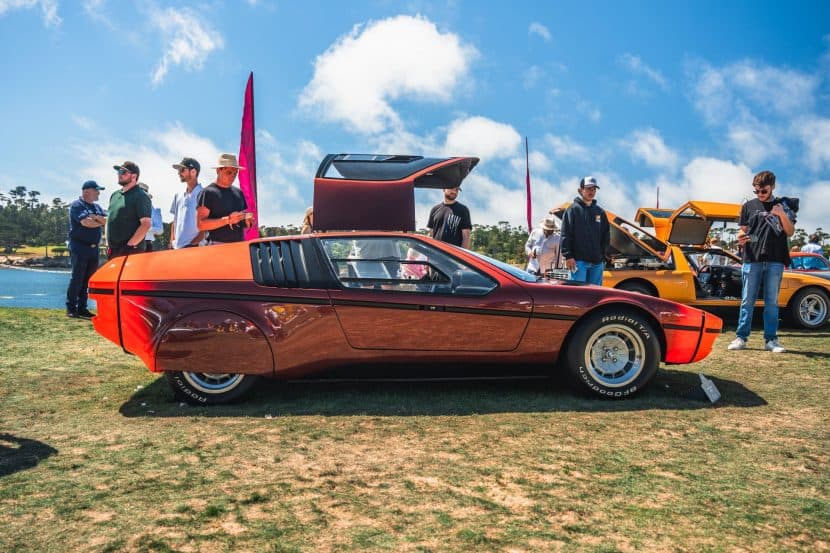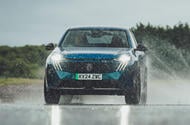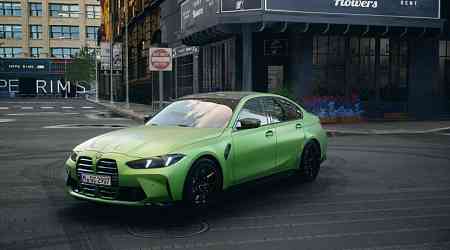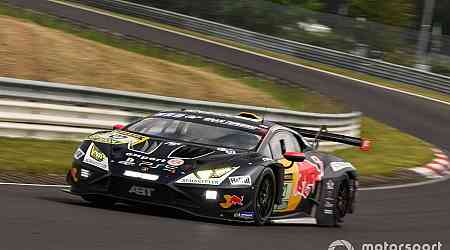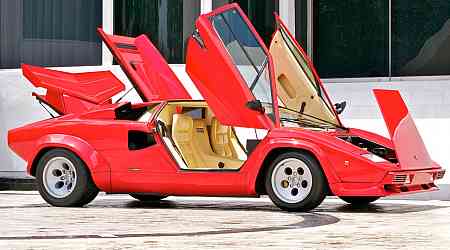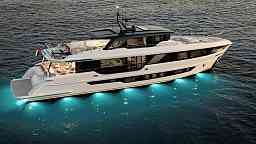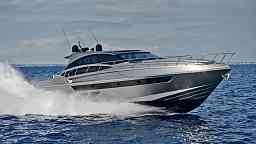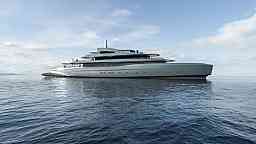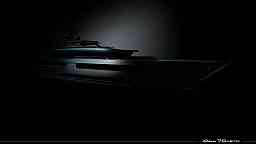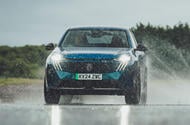We all know the 1972 Turbo for being the BMW M1 s forebearer in terms of design but there was more to the concept than its spectacular appearance penned by Paul Bracq. BMWBLOG had the opportunity to spend quality time with one of the two cars built and learn more about the E25 from Thomas Plucinsky, Head of BMW Group Classic USA.
The Turbo was developed with an early version of crumple zones by featuring crash structures with hydraulic shock absorbers. That explains the wide shutline at the front and rear ends of the car. Unlike most cars of the 1970s, the bumpers were nicely integrated into the body and had foam-filled shields. BMW’s first-ever concept car was also engineered with a collapsible steering column featuring three cardan joints. The coupe s door posts extended into the roof to serve as roll bars thanks to the gullwing setup the M1 production model sadly didn t have.
There were even more safety features baked into the Turbo concept. It was BMW s first car with anti-lock brakes (ABS). It also had a radar distance alert system and safety belts you had to fasten to fire up the engine. Since we mentioned the interior, we should point out the 1972 showcar previewed the signature driver-oriented cockpit. The idea behind this layout was for the belted driver to access the most often-used controls without having to lean forward. Three years later, the original 3 Series (E21) was the first production car to adopt the driver-focused dashboard.
Despite being a low-slung sports car, the Turbo offered great outward visibility, avoiding blind spots as much as possible. The flashy graded phosphorescent orange made it more visible to other drivers, especially in bad weather. The Turbo also received an onboard diagnostics system for the oil level, brake wear, and brake circuit pressures.
The Turbo we shot at Pebble Beach was the running vehicle with gullwing doors. However, the initial concept was a static car with slider windows. The wheel spats also looked different on the second concept but the vehicles were largely identical otherwise.
First published by https://www.bmwblog.com


















